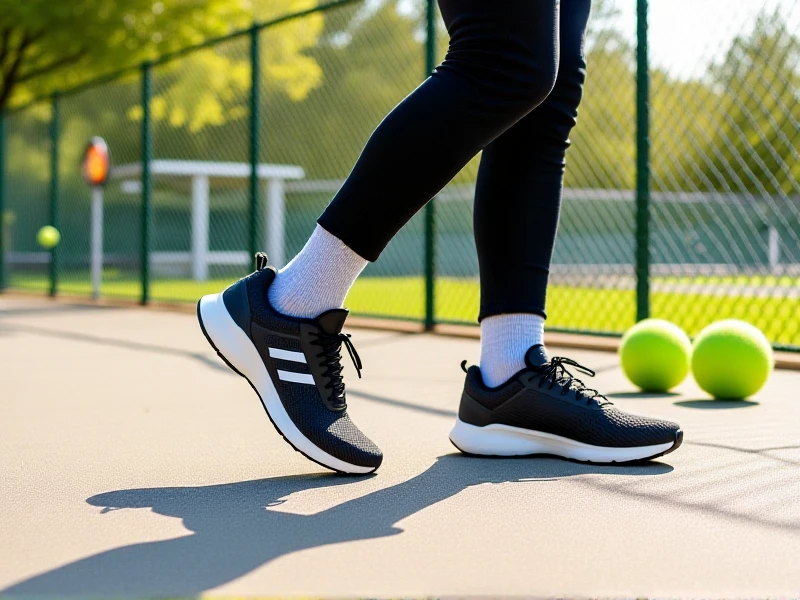
How to Find Your Perfect Pair of Running Shoes: A Runner's Guide
Finding the right running shoes isn't just about style; it's essential for comfort, performance, and avoiding injury. With countless options flooding the market, choosing can feel overwhelming. This guide cuts through the noise, helping you identify the best running shoes for your unique needs.
The journey starts with understanding your gait cycle. This refers to how your foot naturally moves from heel strike to toe-off. Visit a specialty running store for a gait analysis. Experts observe your stride, identifying if you overpronate (foot rolls inward excessively), underpronate (supinate, rolls outward), or have a neutral gait. This analysis is crucial because best running shoes are designed with specific stability features to support your biomechanics.
Next, consider the terrain. Are you primarily pounding pavement, hitting trails, running on a track, or using a treadmill? Road running shoes focus on cushioning to absorb the consistent impact of hard surfaces. Lightweight trainers might be perfect if speed is your goal. On the other hand, trail running shoes offer aggressive outsoles for superior grip and rugged durability on uneven surfaces and muddy terrain. Choosing terrain-specific running footwear enhances your safety and enjoyment.
Mistaking injury or discomfort for normal wear and tear is easy with ill-fitting shoes. Prioritize comfort and fit above all else. Try on shoes later in the day when your feet are slightly swollen, wear your running socks, and ensure plenty of space (about a thumb's width) between your longest toe and the shoe's end. The heel should fit snugly without slippage, and the midfoot should feel secure without pinching. Always do a brief test run inside the store – any pressure points or hotspots are a red flag. Remember, top rated running shoes feel comfortable immediately; don't rely on a lengthy "break-in" period.
Think about the stack height and cushioning level offered by running sneakers. Preference varies greatly. Maximalist shoes offer thick layers of cushioning for maximum shock absorption, ideal for longer distances or runners seeking more protection. Minimalist options offer a lower profile and closer-to-ground feel, promoting a more natural foot strike. Most runners prefer versatile running trainers with moderate cushioning – enough protection without sacrificing ground feel. Also, consider if you prefer a firm or plush ride.
Finally, track your shoe's mileage. Running shoes lose cushioning and support over time, increasing injury risk. Most distance running shoes need replacement every 300-500 miles. Pay attention to signs like worn treads or persistent aches.
Investing time in finding your ideal pair pays dividends on every run. Analyze your gait, match the shoe to your terrain, prioritize stellar comfort, select your preferred cushioning level, and replace your running shoes regularly. Your feet and performance will thank you. Explore reviews for popular models like performance trainers for underpronators or supportive stability shoes to kickstart your search!